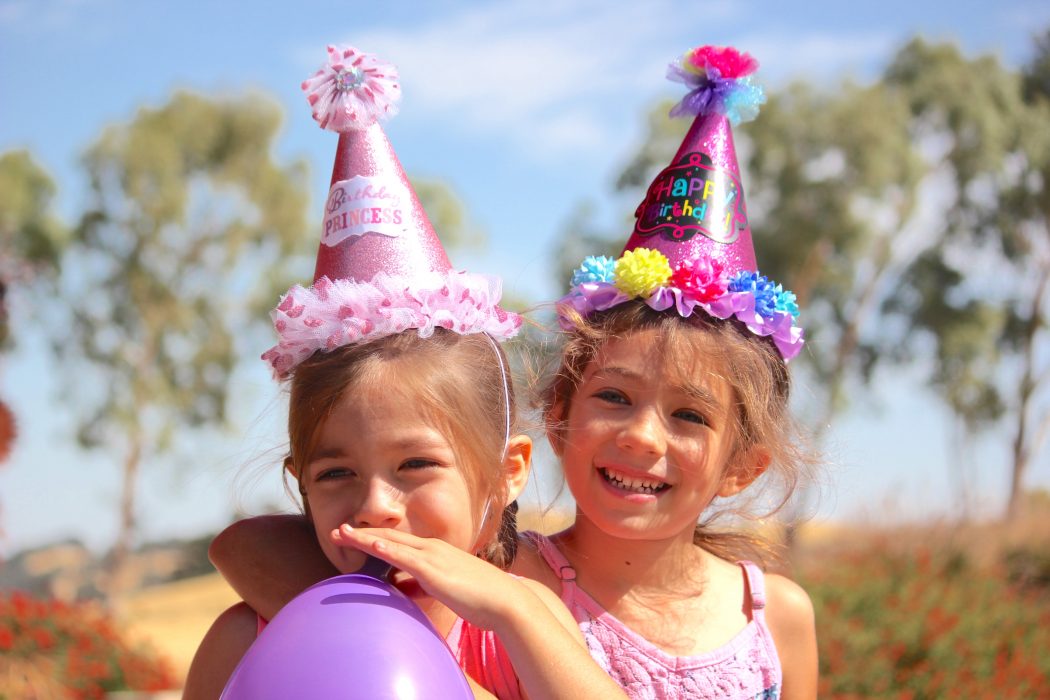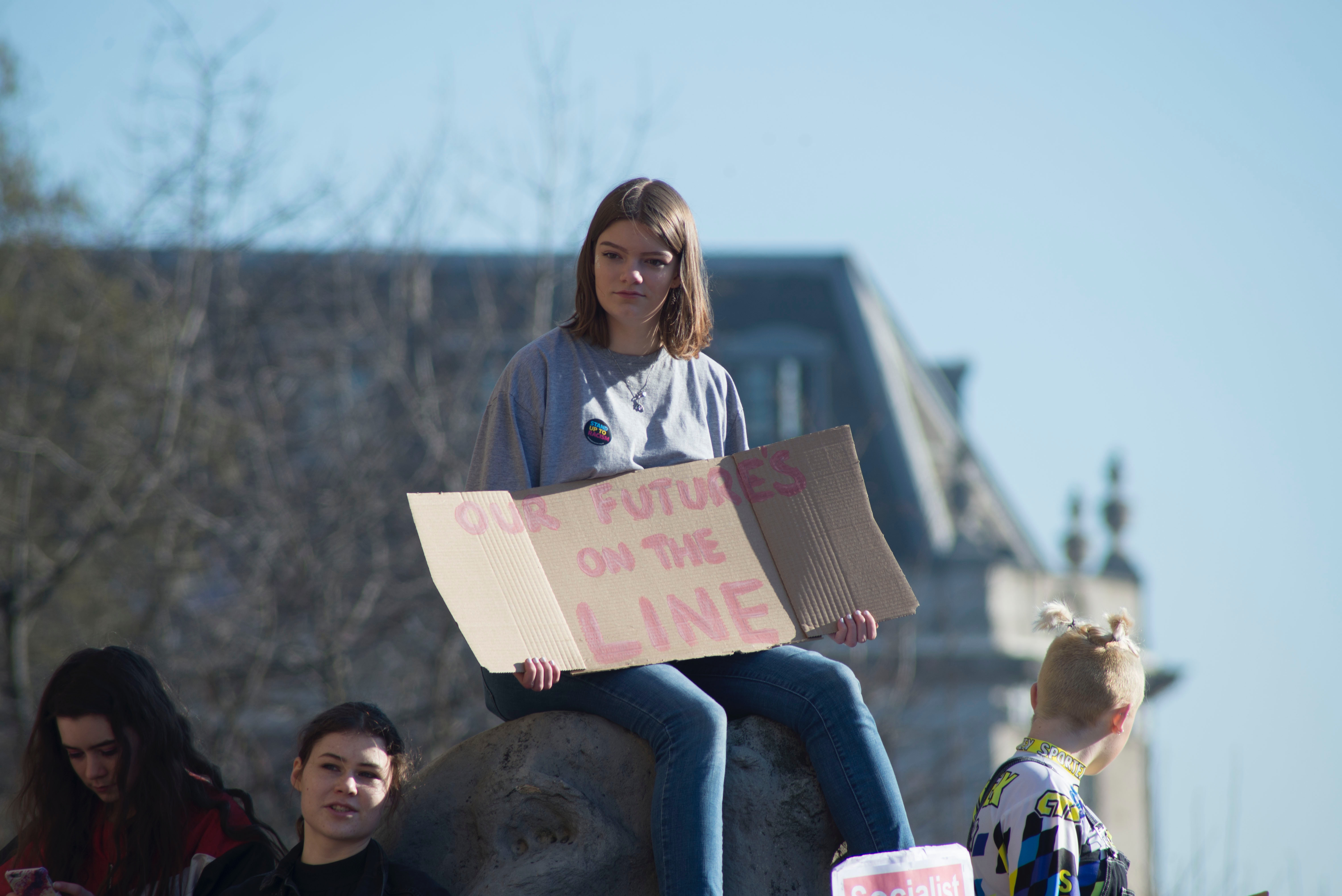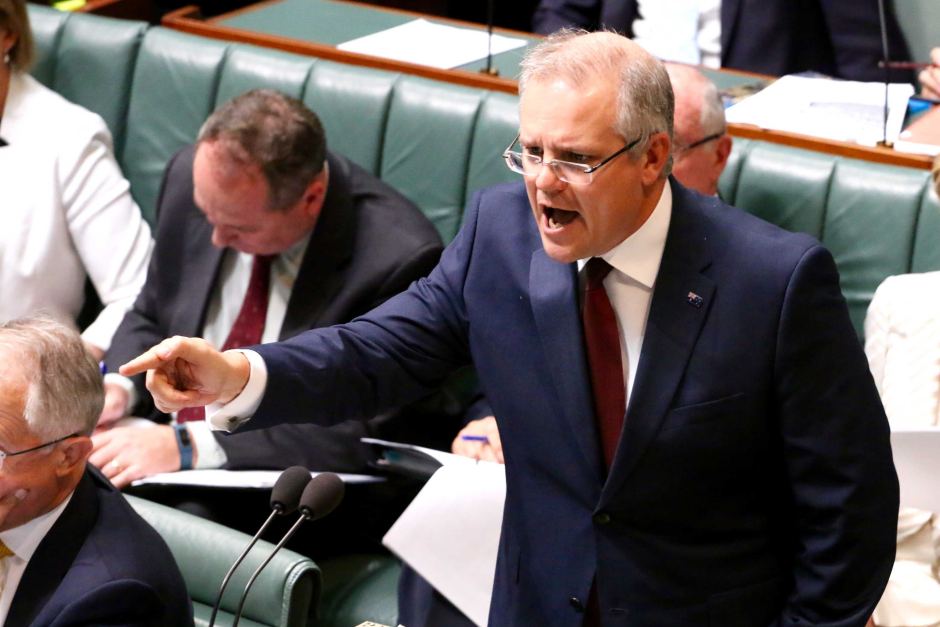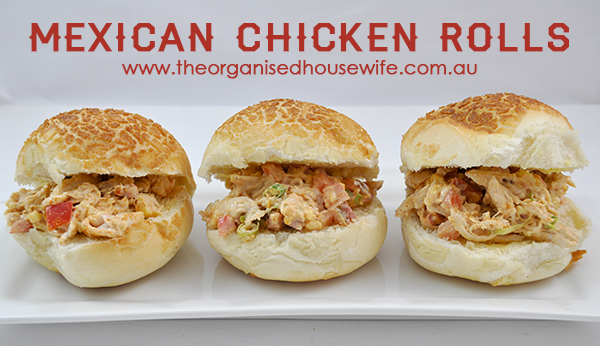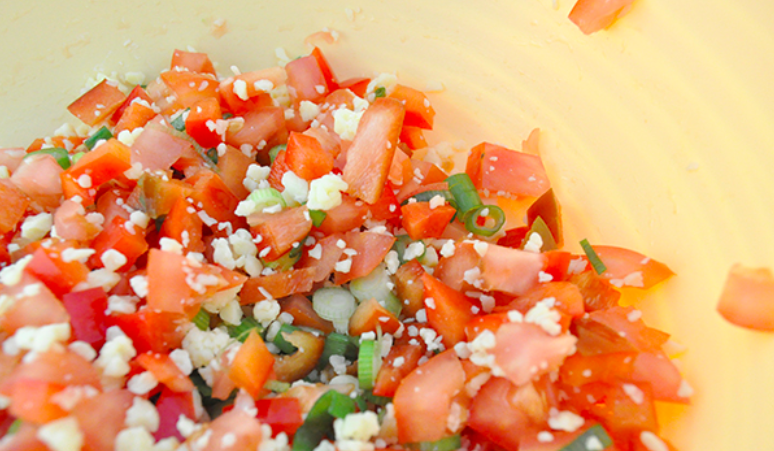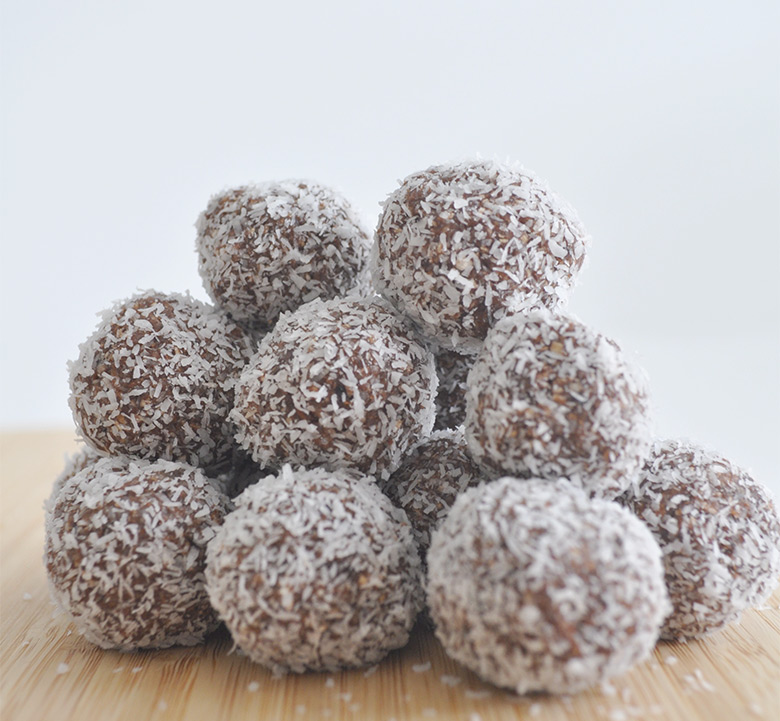Choosing healthy and tasty options for your kid’s lunchboxes is often more difficult than it sounds. Find some inspiration in these three recipes!
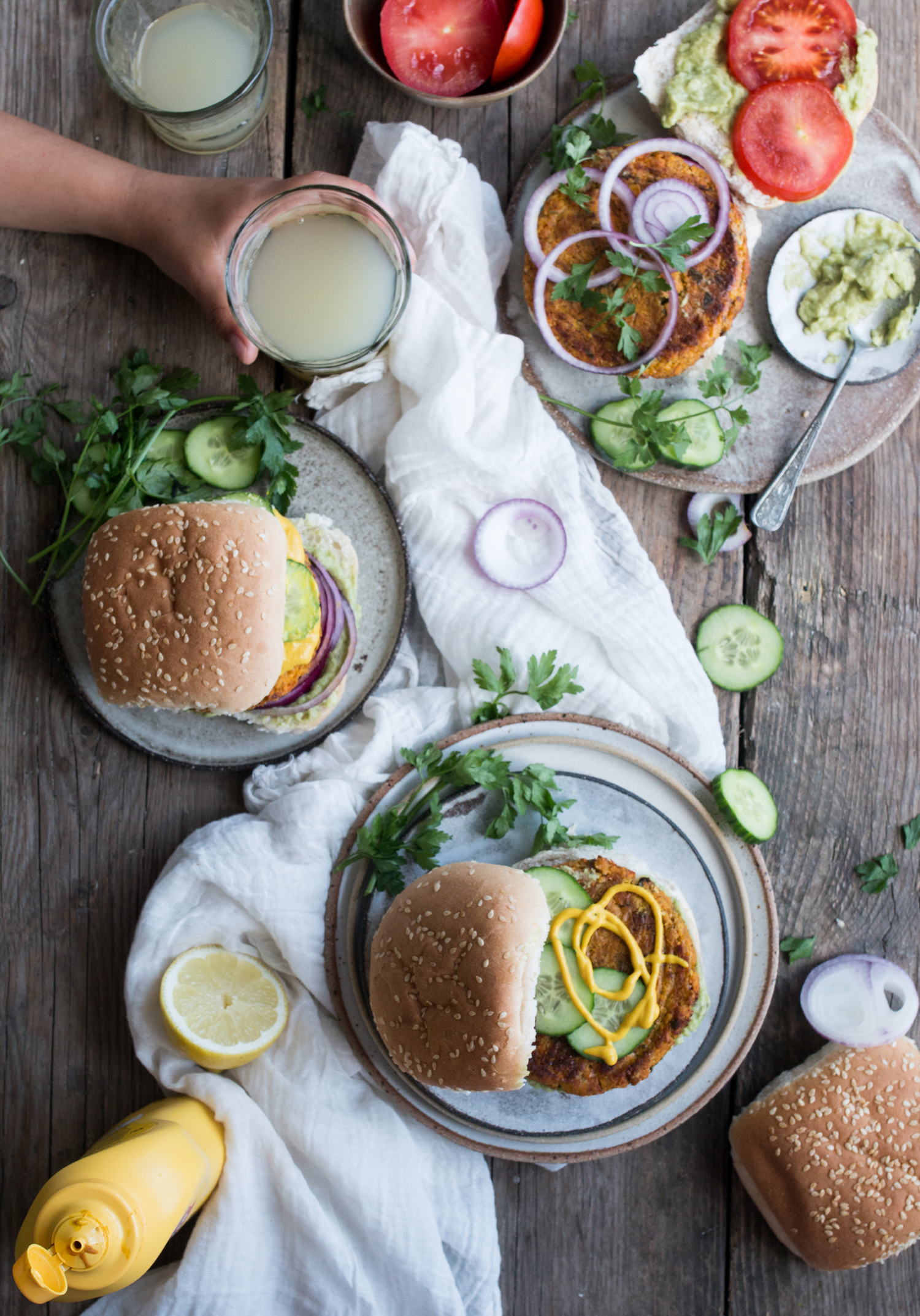
CHICKPEA SWEETCORN BURGER PATTIES.
Recipe makes 5 patties.
Ingredients:
- 1 peeled sweet potato cut into chunks, then steamed
- 200g (1 cup) fresh (or well-drained) corn kernels OR 1 cup frozen kernels, thawed
- 250g (1.5 cups) cooked or tinned chickpeas, rinsed and
drained well - 2tbs olive or rice bran oil
- 1 peeled white onion, finely diced
- 1 peeled and crushed garlic clove
- 3tbs millet or quinoa flakes
- 3tbs washed parsley, finely chopped
- 1/2tsp ground cumin
- 1/2tsp paprika
- 1/4tsp ground turmeric
- 1tsp salt or to taste
- 1/2tsp ground black pepper
- 2tbs ground flaxseeds + 6tbs water
Method:
1. Preheat the oven to 180 degrees C and line a baking tray with baking paper.
2. Place the cooked sweet potato in a food processor with the well-drained and dried corn and chickpeas.
3. Blend until the mixture is smooth – with some chunky bits left for texture – and well combined. Keep in the food processor.
4. Heat some of the oil in a saucepan and sauté the onions and garlic for a few minutes until the onions are translucent.
5. Remove from the heat and allow to cool slightly, then add the onions and garlic to the chickpea mixture and pulse briefly in the food processor.
6. Transfer the mixture to a large bowl, add the millet/quinoa flakes, parsley, cumin, paprika, turmeric, salt and pepper and mix well. In a small bowl, whisk the ground flaxseed with the water. Then, using your hands, incorporate the flaxseed mixture into the chickpea mixture until fully combined.
7. Shape everything into 5 evenly sized patties and place on a prepared lined baking sheet. Heat the remaining oil in a large frying pan and then pan fry each patty for 2-3 minutes on each side. Once done, transfer the patties back to the lined baking sheet and bake for 25- 30 minutes, or until cooked through.

VEGAN CASHEW CACAO BLISS BALLS:
Ingredients:
- 1 cup of raw cashews
- 8 pitted dates
- 2 tablespoons raw cacao powder
- 1 teaspoon of vanilla extract
- 1/2 cup of shredded unsweetened coconut
- 2 teaspoons agave syrup
Method:
1. Add cashews, dates, cacao powder and vanilla to a food processor and blend.
2. While blending add the agave syrup.
3. Form the mixture into small balls and then roll them in a bowl with the coconut until coated.
4. Place in fridge until balls are hardened.

VEGAN PROTEIN MUFFINS:
Recipe makes 10-11 muffins.
Ingredients:
- 2 flax eggs (2 Tbsps ground flaxseed + 5 Tbsps water)
- 1 1/4 cup dairy-free yoghurt, unsweetened (soy can be used)
- 2 medium (very ripe) bananas
- 2 cups GF rolled oats
- 1/3 cup vanilla flavoured protein powder Nutritional Booster
- 1/4 cup pure maple syrup
- 1 teaspoon vanilla extract
- 1 1/2 teaspoon baking powder
- 1/2 teaspoon baking soda
- 1/2 teaspoon sea salt
- Your favourite topping such as berries, granola, vegan chocolate chips, chopped nuts, seeds, dried fruit, rolled oats, crushed cookies
Method:
1. Preheat oven to 200 degrees C.
2. Lightly grease each slot of a standard muffin tin. Use paper liners to keep the recipe oil-free.
3. Prepare flax eggs in a small bowl, by mixing together the ground flax and water.
4. Set aside about 10 minutes. It will thicken up and become gel-like.
5. When the flax eggs are ready, add all the ingredients
(except the toppings) into a high-powered blender or food processor.
6. Blend until smooth, about 1-2 minutes. Scrape down sides as needed.
7. Pour mixture into each slot about 3/4 of the way full.
8. Sprinkle each one with your kids’ favourite toppings. Don’t press the toppings into the batter. It may yield a flatter muffin.
9. Bake for 15-18 minutes, until lightly golden brown.
10. Insert a toothpick in the middle of a muffin or two. If it comes out mostly clean, they are cooked.
11. Let muffins cool for 10 minutes in the pan before transferring them to a cooling rack, then cool for another 10-15 minutes.
12. It is normal if the muffins might flatten out a little bit
To avoid the liner sticking to the muffin, let them completely cool before enjoying. If not using liners, gently pop out each muffin with a butter knife.







